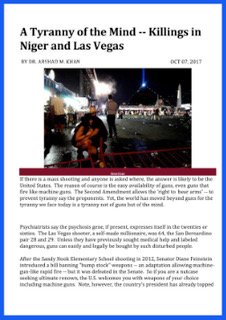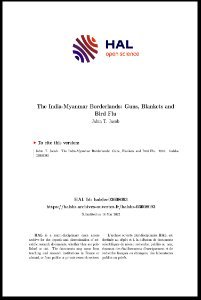By: David B. Johnson and Joshua J. Robinson
We explore the relationship between gun prevalence and homicides in the United States from 2003–2019. Unlike previous research, which typically uses an indirect, state-level measure of gun prevalence, we use a direct measure of guns in a narrow geographic area: gun dealers. We find an increase in gun dealer density is significantly and positively associated with increased homicides in subsequent years. We compare estimates from our preferred measure, the number of dealers per 100 square miles in a local area, to those found using other gun prevalence measures and find our preferred measure to be more consistent in magnitude across three different estimation methods and two different data sources. We additionally show the effect of gun dealer density is limited mostly to counties that have a high percent of Black residents. We propose that the so-called “Ferguson Effect”—a sharp increase in violent crime in urban and Black communities after 2014—might be partially explained by an influx of gun dealers in Black communities, rather than just a change in the propensity of Black residents to call the police or changes in police behavior.
October 1, 2021





